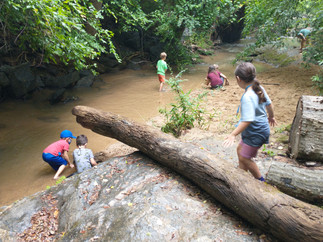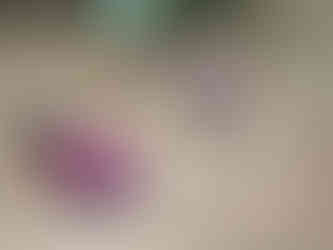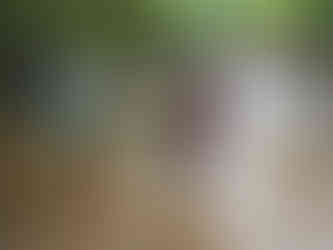Session 1 June 7
- Maria Moody

- Jun 7, 2021
- 3 min read
We started off with a Name Game to learn each others names. Then we went to the obstacle course for a few minutes. After everyone ran through the obstacle course at least once, we discussed Food chains/webs. Each explorer randomly selected a resource, producer, consumer, or decomposer and had to find someone else in the circle that was connected to their card in some way (either predator or prey or the producer they eat). Then they passed the string on to that selected explorer. At the end we had a complex web of string showing how all our plants, animals and resources were connected to each other and that these connections created a strong healthy ecosystem. However, when a resource or certain plant was taken away our string web became broken and weaker than before. This was a quick introduction to biodiversity and their first completed challenge which gave each explorer a puzzle piece.
They worked together to complete the puzzle which gave clues to unlocking the first box that had a Codebook in it. Everyone chose a camp name to enter in the codebook next to their hearts (they each have three and lose hearts or gain hearts during certain challenges). The whole week is a cooperative Escape style camp where they work together on challenges and can share their hearts if one explorer gets too low.
We then went to the outdoor classroom for another game/demonstration of biodiverstiy and the role it plays in creating a strong healthy ecosystem. We talked about the major causes of species endangerment (H.I.P.P.O. =Habitat loss, Invasive species, Population, Pollution and Over Consumption). The next challenge concerned the ocean habitat with phytoplankton, zooplankton, fish and whales building on each other as a Jenga tower. Some natural and some human caused events occured that affected the stability of the Jenga tower. After everyone had a turn, I asked some questions about biodiversity and how the stability of the ocean ecosystem was affected. The correct answers to my questions gave them the code for the next red box.
In the box, was all the supplies needed to create our Animal Classification books. The older campers learned a Japanese technique for book binding while younger campers decorated their pre-bound books. However, some of the information in the book was missing! They would need to find on the map where to go next in order to retrieve the missing info and pictures to complete their books. After finding a hidden scroll in the greenhouse, they knew they needed to go to the Arthropod area of the map first and find 4 hidden baskets.
The baskets gave not only the missing information and pictures of endangered or threatened Arthropods in Georgia but there were also Tangram pieces that needed to be put together to know where to go next. After successfully, completing the tangram, matching a symbol on it to a riddle page in the codebook, and solving the riddle, they were able to know to go to the Amphibian spot on the map.
There they played Tadpole Twist (a tag-like game of growing through the stages of a frog) to earn 5 more clues which helped them know where to start back on the adventure tomorrow.
After lunch, we went to the creek for awhile. We saw minnows, a few butterflies and tried to catch water beetles. Some explorerers raced stick rafts and made mud pies, others collected rocks or caught water beetles and millipedes.
Once back at the Main Camp Circle, we started writing an original play to be performed Friday. Each explorer chose their character and superpower for the original play.











































































Comments